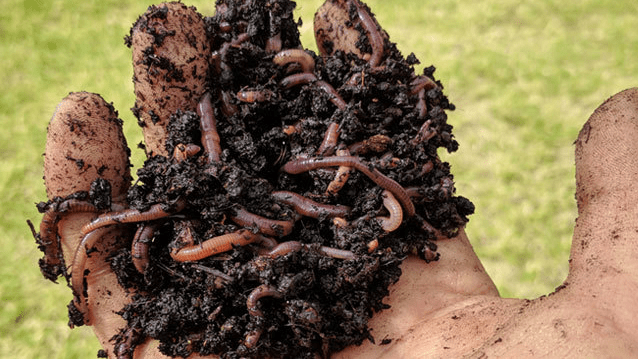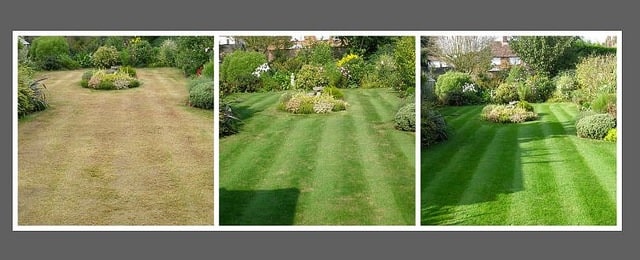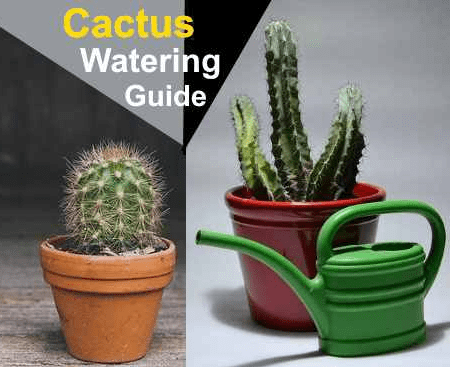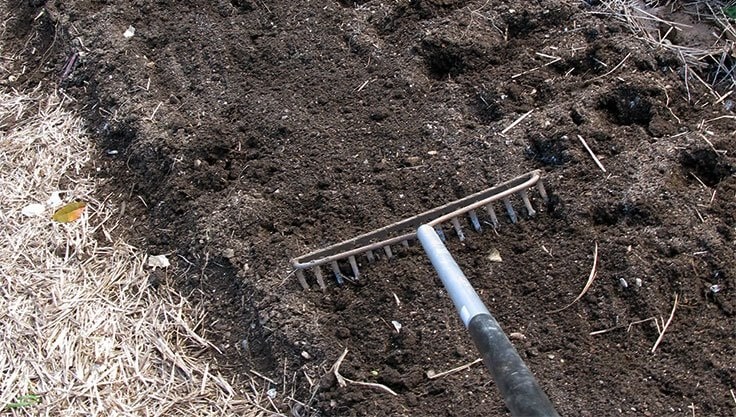Who doesn’t dream of a blooming, fragrant garden like in Bella Italia, where oleander and bougainvillea compete in flowering? Yes—a garden full of flowers, lush shrubs, trees, and flower beds. But who’s going to handle all that garden work? For me, the garden is primarily a place to relax and escape daily chores. Especially in summer, when I’m happy to be on holiday abroad, I don’t want to worry about watering or weeding. So I asked myself: Can I have a beautiful garden that requires very little time? Here’s what I’ve learned.
Contents
What I Mean by a Low‑Maintenance Garden
I love the idea of a lush plant display, but I want to spend minimal time on upkeep. When I plan, I always start by asking myself: How many hours per week do I really want to invest? Some days I’m happy to do almost nothing; on others I enjoy a little time among the plants. With that in mind, here are my personal tips for lazy garden‑lovers…
Tip 1: Choose Native Plants
I used to try exotic flowers and shrubs, only to see oleander drop its blooms or shed leaves because the climate and care didn’t suit it. Mediterranean plants often need constant attention to thrive here in Tyrol’s mountain climate. Now, I stick with native species: they’re hardier, more resilient, and cope well with local weather. That means I water and fertilize far less.
- My favorites: Elder (Sambucus nigra) and sundrops (Oenothera)
- Why: They bloom reliably, form beautiful shrubs, and provide privacy without fuss
Tip 2: Match Plants to Their Spot
I always check soil and light conditions before planting:
- Soil: Is it sandy or clay‑rich? Nutrient‑poor or fertile?
- Sunlight: Full sun, part shade, or deep shade?
When I align plant preferences with the actual spot, they grow vigorously, resist disease, and need much less watering—saving me time all season.
Tip 3: Wildflowers Instead of Lawn
Maintaining a perfect lawn means regular mowing, raking, and seasonal care. I swapped most of my grass for a wildflower meadow:
- Why it’s easier: I mow just twice a year, and I can let leaf litter stay as natural mulch (except on any remaining small turf patches).
- Bonus: Wildflowers and tall grasses attract pollinators and give my garden a charming, rustic look.
To avoid ending up with a plain green field, I also planted ground‑cover perennials like cranesbill geraniums. They spread out, suppress weeds, and require almost no upkeep.
I’m always happy to help plan a truly low‑maintenance garden—designing flower beds, perennials, and shrubs that need minimal work but still burst into bloom.
And now… off to the deckchair!
Tip 4: Use Containers and Raised Beds
I’ve also found that incorporating a few well‑placed containers and raised beds simplifies garden chores even more. By grouping pots on a single patio or gravel area, I can water them all at once and keep an eye out for pests or wilting leaves without trekking across the entire yard. Plus, containers let me experiment with different soil mixes and plant combinations; if something isn’t thriving, I can swap it out in a snap without disturbing the rest of the garden.
Tip 5: Embrace Self‑Sowing Annuals
One of my favorite tricks is to let self‑sowing annuals like poppies, calendula, and nicotiana do much of the legwork. I scatter seeds in autumn or early spring, and then nature takes over—thinning, reseeding, and rotating itself so I enjoy surprise blooms year after year. I just tidy up any excess seedlings in late spring, and by midsummer I have a carefree sea of color that barely needs my attention.
Tip 6: Keep Tools Within Reach
I keep a small stash of reliable, multi‑purpose tools—think a sharp hand pruner, a sturdy hori‑hori knife, and a lightweight garden rake—and I store them all on a pegboard right by the back door. That way, when I do decide to nip off a spent bloom or clear a stray weed, everything is at arm’s reach. Spending five minutes here and there with well‑maintained tools saves me from doing a big, back‑aching maintenance session later in the season.
Tip 7: Harness the Power of Composting
Finally, I let composting be my secret weapon. Instead of bagging up grass clippings, fallen leaves, and kitchen scraps, I toss them into a simple three‑bin system in the corner of the garden. The compost pile does the heavy lifting—breaking down material into rich humus that I can sprinkle around shrubs and perennials in spring. This natural mulch not only feeds my plants but also helps the soil retain moisture, cutting down on my watering chores through the hottest months.










